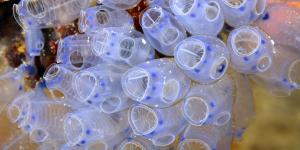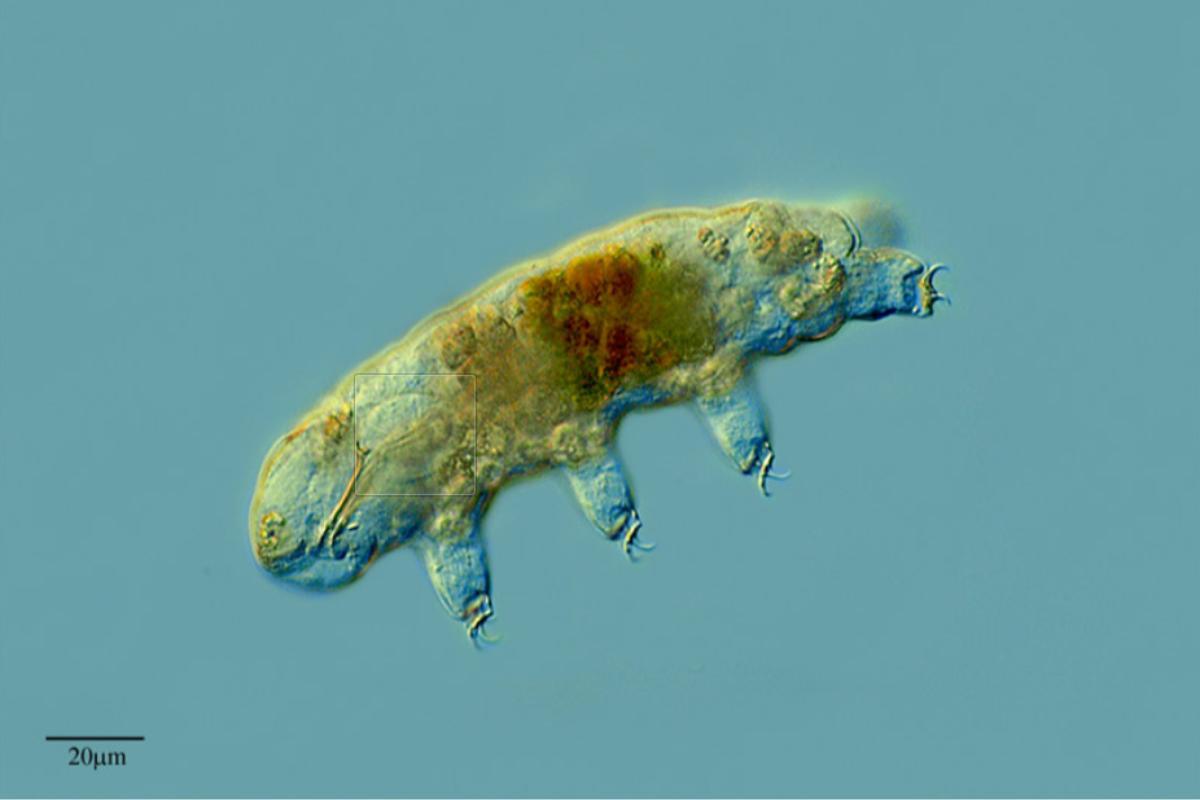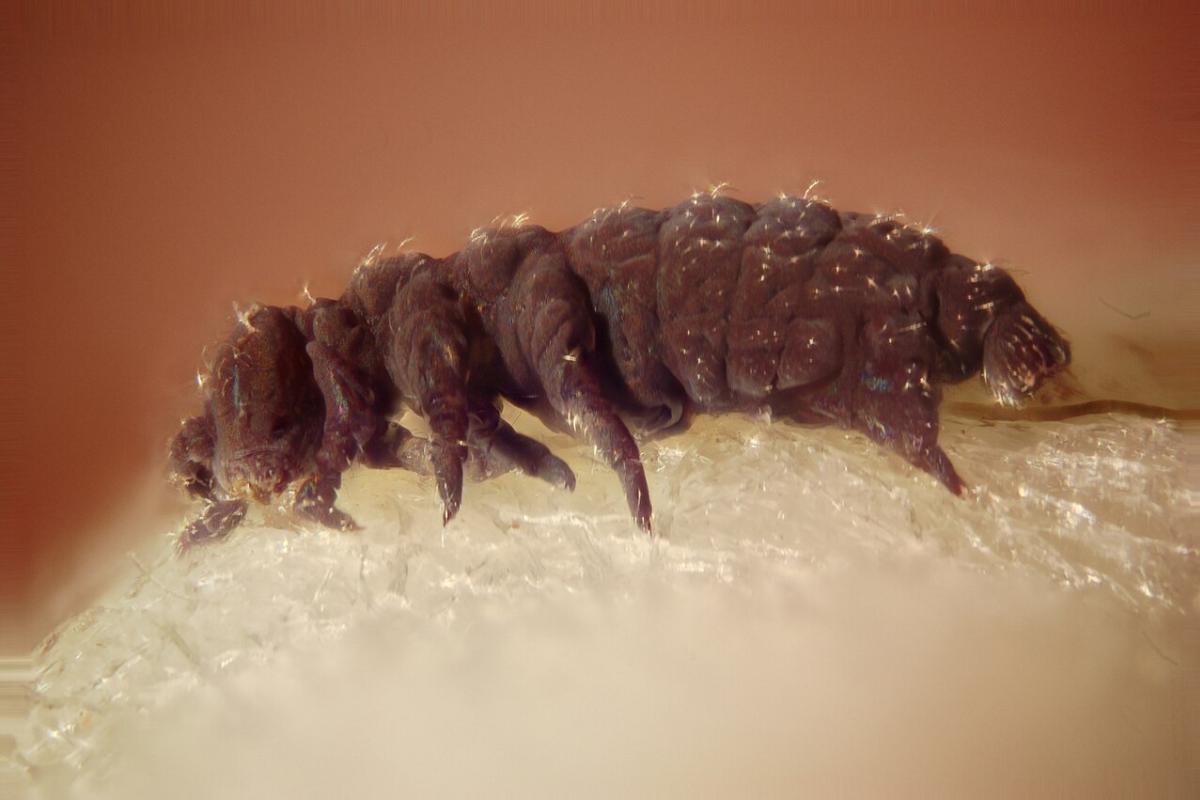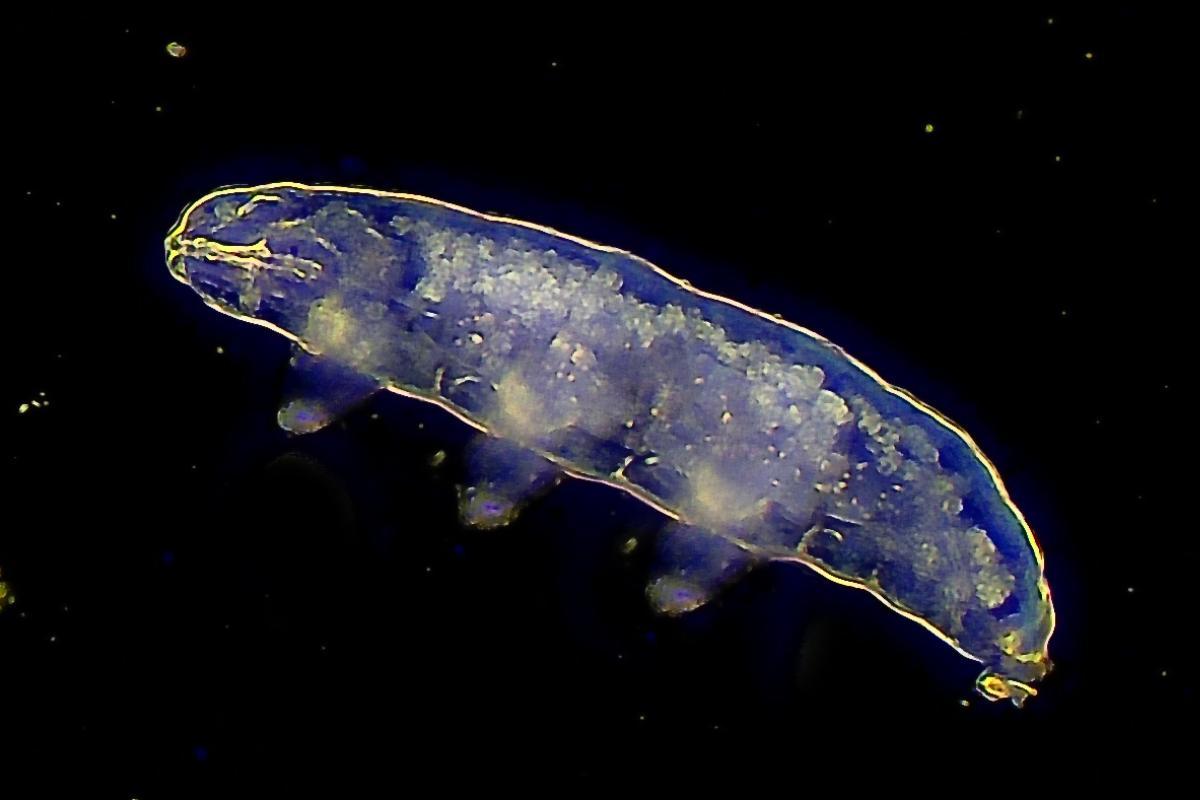What Are Tardigrades?


Tiny but mighty, tardigrades are microscopic creatures that are virtually indestructible. Also known as water bears, tardigrades can withstand extremes that would kill most other living things. These include boiling temperatures, freezing cold, even the vacuum of space. But what makes these creatures so resilient?
This article by thedailyECO explores what tardigrades are, their unique adaptations, and ecological importance.
What are tardigrades?
Tardigrades, commonly referred to as water bears or moss piglets, are microscopic invertebrate animals recognized for their stout, rounded bodies and leisurely movement. These invertebrates, measuring a mere fraction of a millimeter, possess exceptional resilience, earning them the moniker "toughest animals on Earth."
This remarkable ability stems from their capacity to enter a state known as cryptobiosis, during which their metabolic processes halt and they become virtually indestructible. During cryptobiosis, tardigrades can withstand extreme desiccation, losing up to 80% of their body water, and tolerate temperatures ranging from near absolute zero (-273°C) to a scorching 151°C. This remarkable adaptability allows them to survive in environments that would be lethal to most other organisms.
Classified within the phylum Tardigrada, these creatures exhibit a distinct morphology that contributes to their extraordinary hardiness. Such specific anatomical features, which will be discussed in further detail, play a crucial role in their ability to enter and endure cryptobiosis.
Are tardigrades immortal?
No, tardigrades are not actually immortal. While they are incredibly resilient creatures capable of surviving extreme conditions that would be fatal to most other organisms, they do have a lifespan and can eventually die.

Characteristics of tardigrades
Tardigrades possess a unique combination of physical and biological characteristics that allow them to thrive in extreme environments. Here's a closer look at some of their key characteristics:
- Microscopic size: tardigrades are truly microscopic, with most species barely visible to the naked eye. On average, they measure just 0.05-1.5 millimeters
- Diverse habitats: despite their small size, tardigrades boast impressive adaptability, inhabiting a wide range of terrestrial and aquatic ecosystems. They can be found in freshwater and marine environments, as well as damp soils, mosses, leaf litter, and even high-altitude regions.
- Unique morphology: tardigrades possess a distinct body plan with a well-defined head and eight short, stubby legs equipped with claws. Their bodies are segmented and covered in a tough cuticle, which plays a crucial role in their resilience.
- Cryptobiosis: the defining characteristic of tardigrades is their ability to enter a state of suspended animation called cryptobiosis. During cryptobiosis, their metabolism slows down to almost undetectable levels, allowing them to survive extreme conditions like extreme temperatures, desiccation (loss of water), radiation, and even the vacuum of space.
- Resilience: they can survive temperatures ranging from near absolute zero to over 150°C, pressures six times greater than those found in the deepest ocean trenches, and even the vacuum of space.
- Diet: tardigrades are primarily omnivores, feeding on plant cells, algae, bacteria, and even small animals like nematodes. They can readily adapt their diet to available resources in their diverse habitats.
- Lifespan: under optimal conditions, tardigrades can live for several years, with some species documented to live for up to three years. However, their ability to enter cryptobiosis allows them to survive for much longer periods, potentially exceeding a century.
Do not miss this other article, where we explore in more detail the different types of microbiome.

Types of tardigrades
The classification system of Tardigrades reflects this remarkable variety, grouping them into two major classes based on key characteristics and habitat preferences:
Eutardigrada
This is the largest and most diverse class of tardigrades, comprising the majority of species within the phylum Tardigrada. Eutardigrades are typically found in terrestrial environments, including mosses, lichens, leaf litter, soil, and even marine and freshwater ecosystems. They have a wide range of morphological features and can exhibit various adaptations to survive in different habitats and environmental conditions.
Heterotardigrada
This class includes a smaller number of species compared to Eutardigrada. Heterotardigrades are primarily marine organisms, often found in ocean sediments and deep-sea habitats. They possess distinctive morphological characteristics, including fewer legs and a unique reproductive system.
It is important to note that within these two classes, tardigrades are further categorized into various families, genera, and species based on additional morphological and genetic characteristics.
The exact number of tardigrade species is difficult to determine precisely due to ongoing discoveries and taxonomic revisions. However, as of the latest estimates, scientists have described over 1,300 species of tardigrades worldwide.
How do tardigrades reproduce?
With regard to reproduction, have an intricate and diverse cycle that includes both sexual and asexual methods. This section delves into the intricacies of sexual reproduction in these fascinating creatures:
- Mating: when environmental conditions permit, tardigrades use sensory structures to detect chemical signals or other cues that help them locate potential mates.
- Sperm transfer: upon locating a mate, copulation commences. This crucial step involves the transfer of sperm from the male to the female. Depending on the species, this process can involve the physical intertwining of bodies or the strategic placement of sperm packets.
- Internal fertilization: following copulation, the female stores the received sperm internally until the timing for fertilization becomes optimal. Fertilization itself occurs within the female's reproductive system, resulting in the fusion of sperm and egg cells.
- Egg laying: once fertilized, the female tardigrade lays her eggs. The number of eggs laid and the method of egg deposition can vary among species. Some species lay eggs individually, while others may lay them in clusters or within protective structures.
- From egg to adult: Hatching marks the emergence of miniature juveniles, resembling adult tardigrades but lacking certain specialized structures. Through a series of molts, they gradually mature, acquiring the full repertoire of adult features.
After the eggs are laid, they undergo a process of development. Tardigrade eggs hatch into juveniles, which are miniature versions of adults but may lack certain specialized structures. As the juveniles grow, they undergo a series of molts, shedding their outer cuticle to accommodate their increasing size and developing into mature adults.
Furthermore, tardigrades are known for their ability to reproduce rapidly under favorable conditions. Some species can complete multiple generations within a short period, contributing to their resilience and adaptability in various environments.
Asexual reproduction in tardigrades
Beyond traditional mating, tardigrades possess the remarkable ability to reproduce asexually through parthenogenesis. This allows females to create offspring without fertilization, essentially cloning themselves through specialized egg cells. This strategy offers key benefits such as rapid population growth, colonization potential, and resilience in environments lacking mates.
Learn more about asexual reproduction in plants and animals in this other article.

Ecological importance of tardigrades
Tardigrades play significant ecological roles in various ecosystems. They contribute to the breakdown of organic matter, aiding in the decomposition process. As detritivores, they consume decaying plant and animal material, helping to recycle nutrients back into the soil. This role in decomposition is vital for nutrient cycling and maintaining ecosystem health.
Moreover, tardigrades serve as prey for numerous organisms, including microscopic predators such as nematodes, mites, and other invertebrates. Their presence in the food web provides energy and sustenance for higher trophic levels, contributing to the biodiversity and stability of ecosystems.
Additionally, tardigrades have symbiotic relationships with microorganisms such as bacteria and algae. These microorganisms may live on the surface of tardigrades or within their bodies, providing essential nutrients or metabolic functions. These interactions contribute to nutrient cycling and ecosystem functioning.
If you want to read similar articles to What Are Tardigrades?, we recommend you visit our Biology category.
- Barrientos Llosa, Z. (2003). General Zoology . Costa Rica: Euned.








